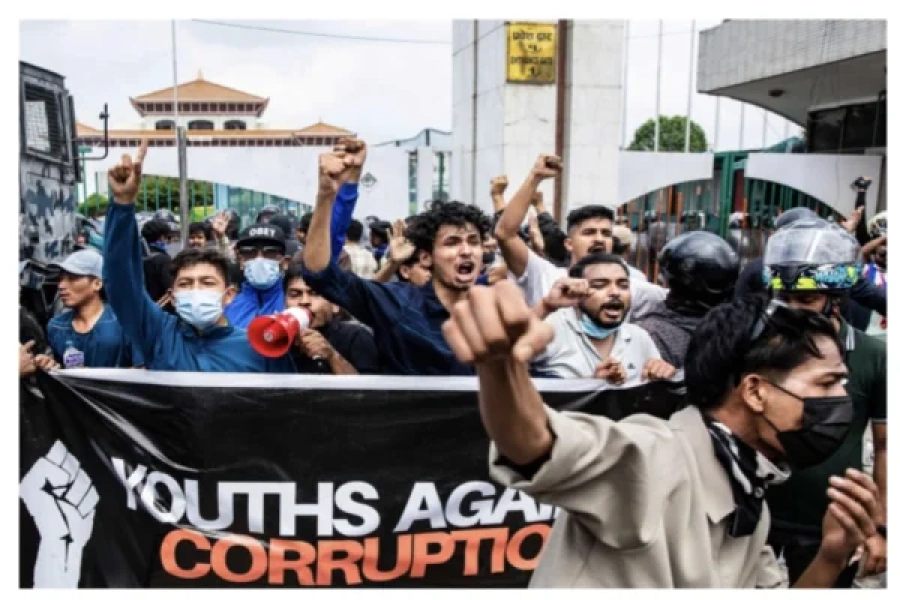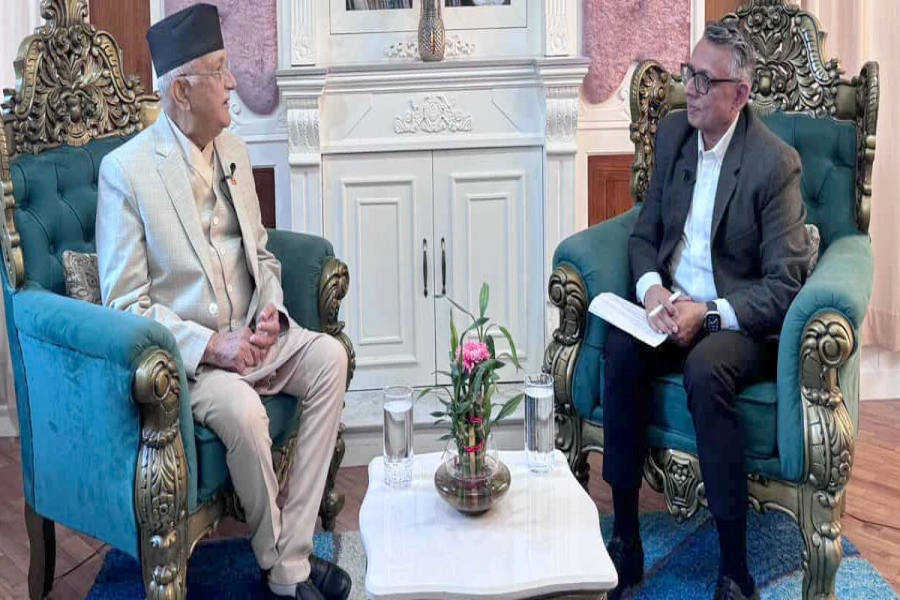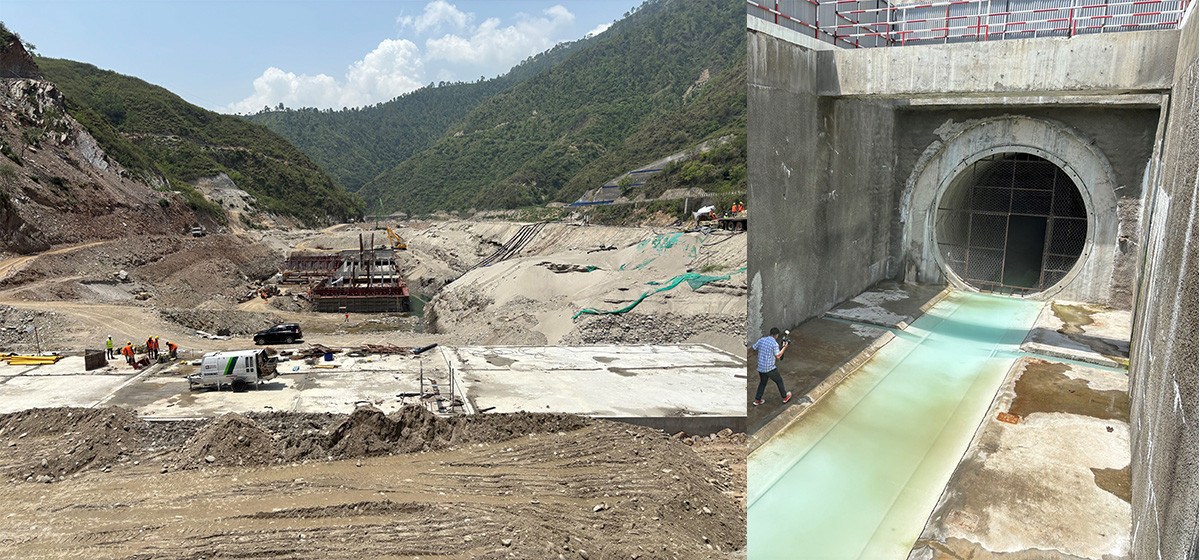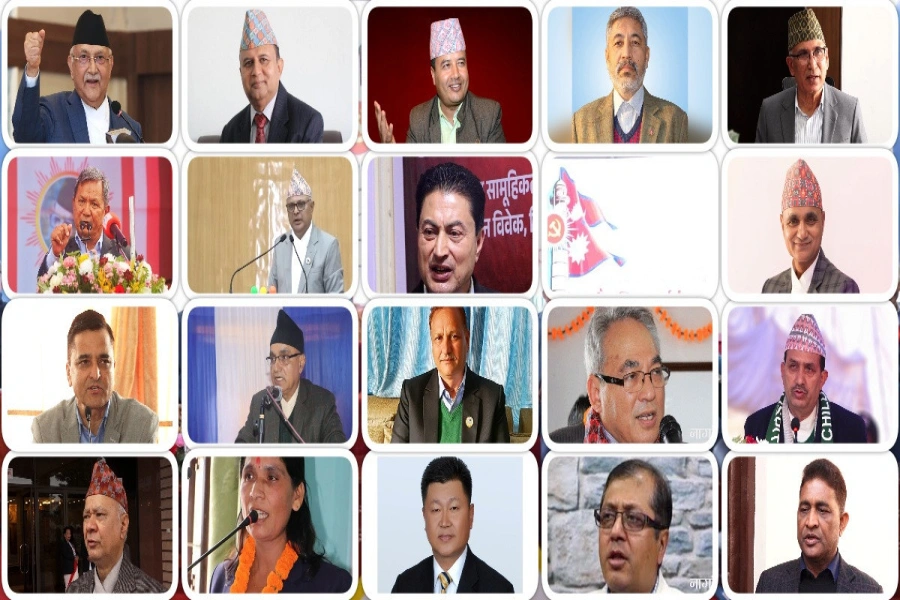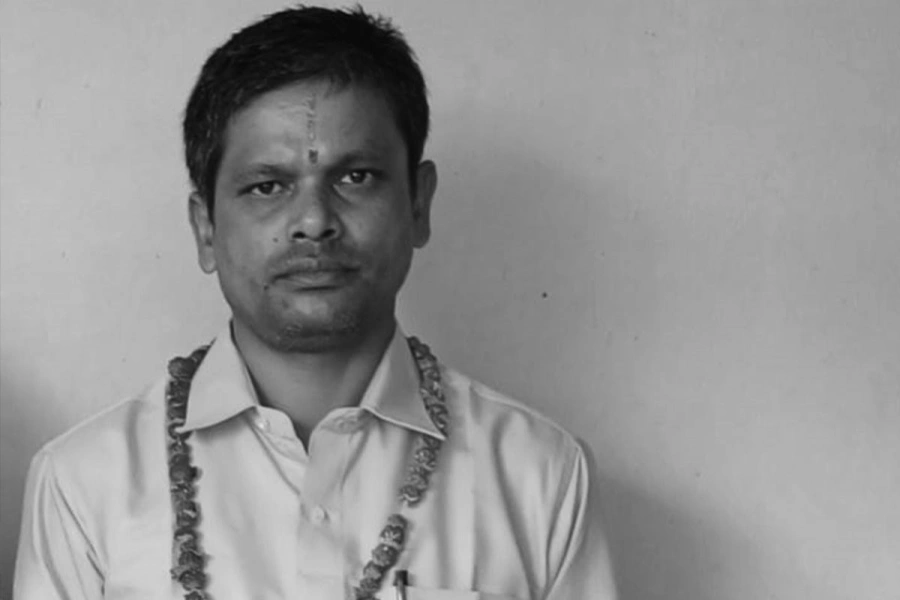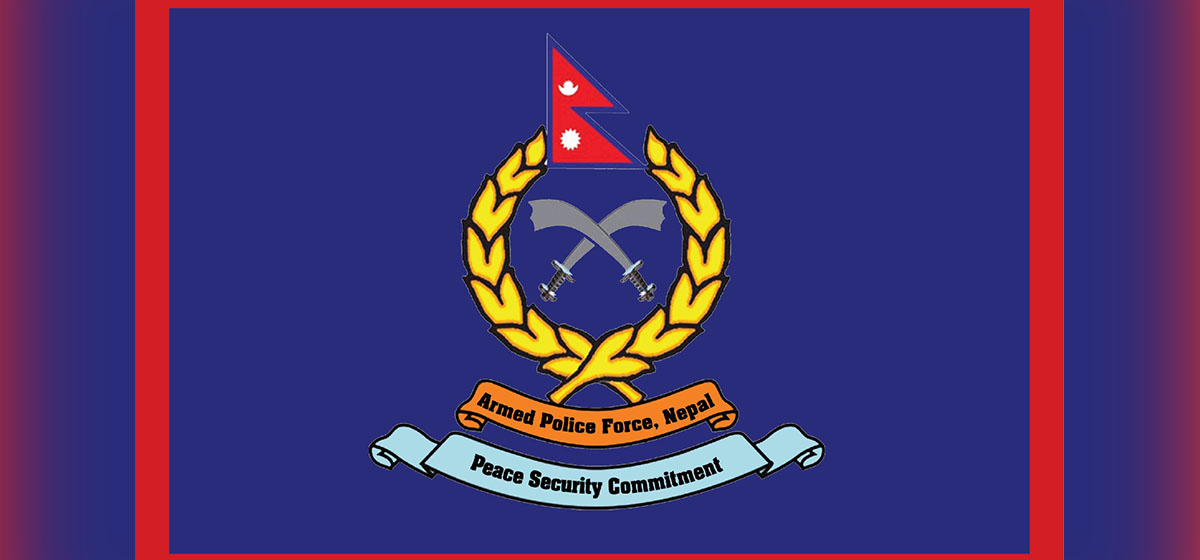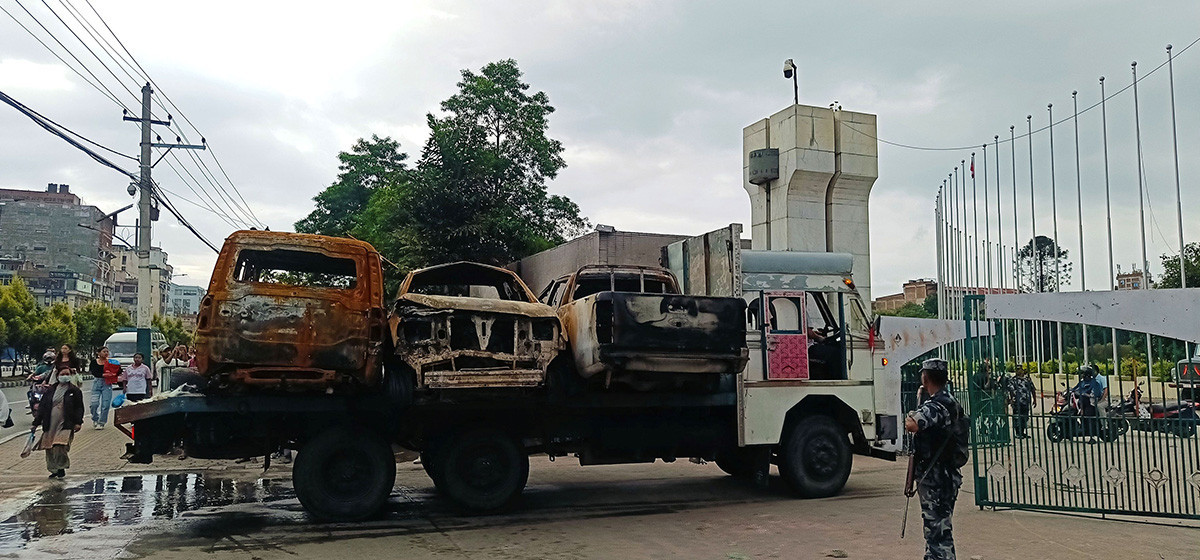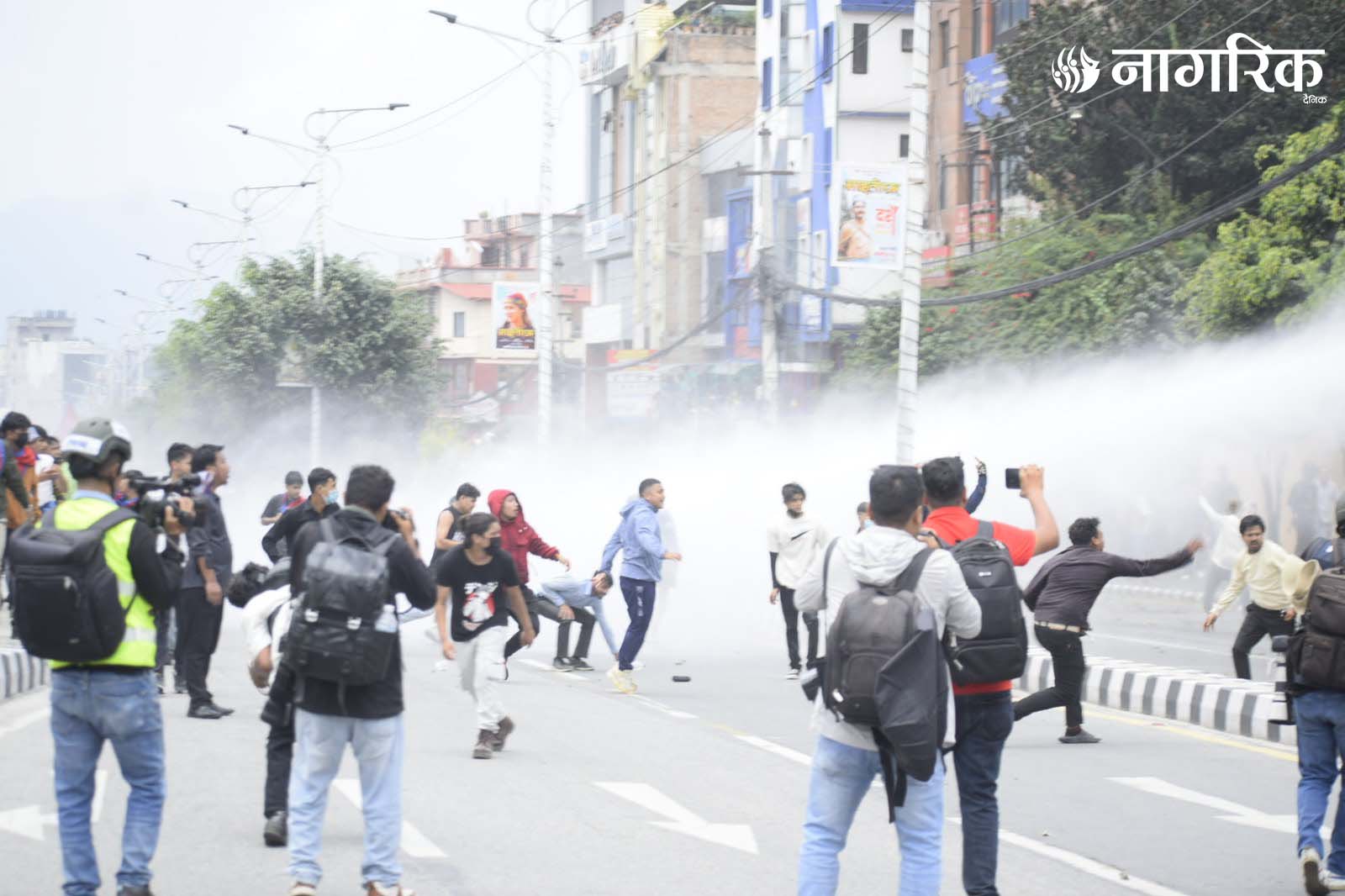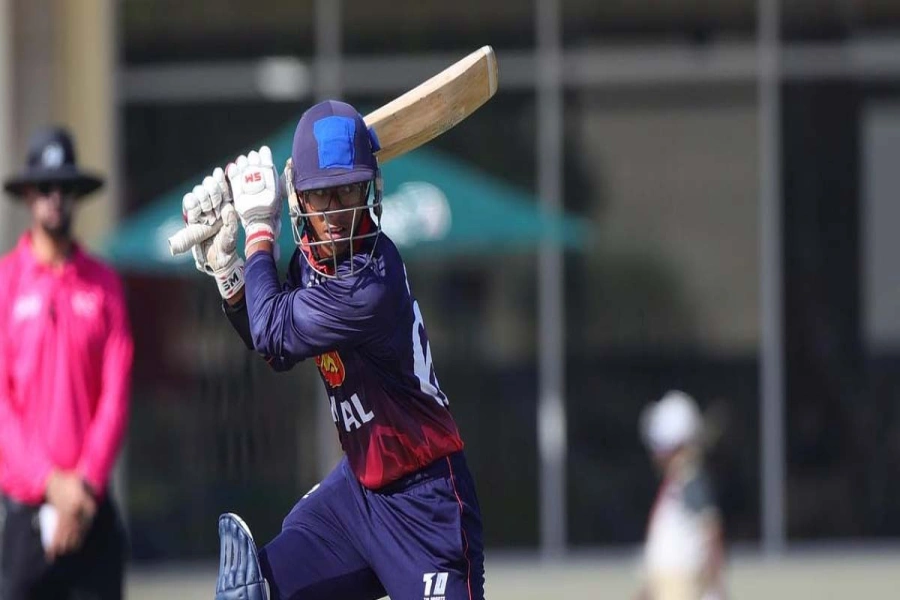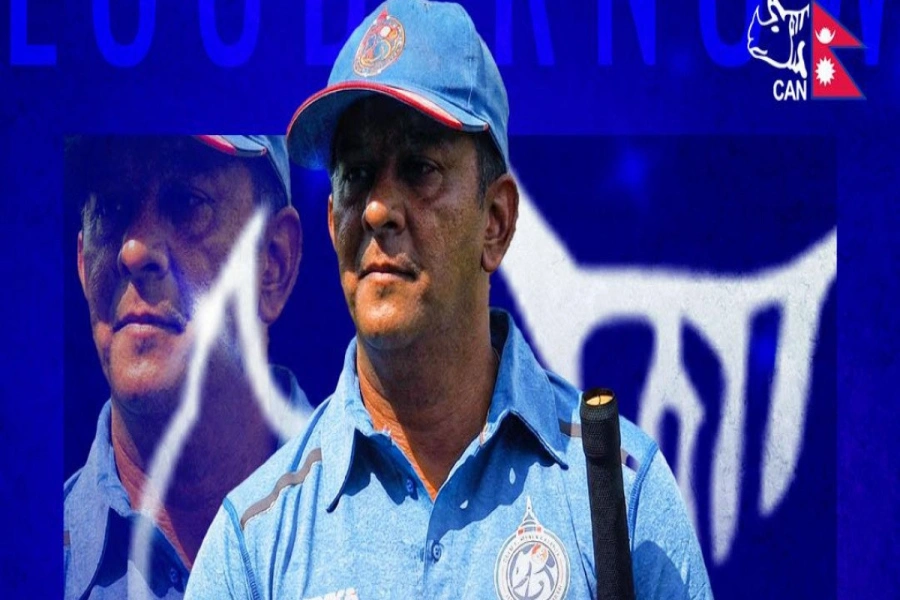* * *
I returned to Kathmandu after teaching at a university in Thonburi (Dhanpur in Nepali) in Bangkok in 1988/89. My tenure was punctuated by two happenings in Nepal which disquieted royalist Thais in the 14,000-pupil university. One was the demotion of His Royal Highness Prince Dhirendra Bir Bikram Shah to a mere “Mr” Dhirendra Shah, and stripped of all regalities and royal perks. The other was the closure of all the entry-exit points between Nepal and India by Prime Minister Rajiv Gandhi. If the first event confirmed among royal-crazy Thais a malaise in the Narayanhiti Royal Palace, the second shock was no less stifling to Nepal’s absolute monarchy itself. Thai TV screens were splashed with Nepal’s royal images, and showed hundreds of Tata trucks meandering on the highways, tightly loaded with fuelwood for the country’s kitchens because of kerosene scarcity caused by India’s blockade. These were Thailand’s deep feelings for Nepal, despite Buddhist Thais being long miffed by “Nepal’s Hindu Throne’s deliberate impediments to Lumbini’s development” which, consequently, made Thais to turn to their own Lumpini Park and Buddha Monthon (Mandala) in and around Bangkok. It was not the best of times for a Nepali lecturer like me to remain in Thai academia; it was time to leave.
I arrived in a Kathmandu beset with a national confusion and found myself unemployed. I found the government, international agencies, embassies, and regional institutions and even the private sector in their wait-and-see stance which would last for 14 months, to end only with the Jana Andolan I of 1990. I was employed by some consultancy teams, true, but our project deadlines were diplomatically deferred by our principals because Nepal had simply ceased to function.
But there was much activity of new kinds in decades, and these came from resurgent political protests from the banned Nepali Congress and the ostensibly underground Communist Party. There were strikes, public processions, police baton charges, commotion and disturbances, with military interventions also imminent. The entire system was willfully paralyzed, and there was a general understanding from within and without that it better be so.
* * *
My neighbor at Kupondole was the J Paul Getty Award winner, Dr Hemanta Raj Mishra. Both of us had been away from Nepal for sometime, and at best, we knew each other only casually. This conservationist had spent a better part of his adult life tracking Royal Bengal tigers in Royal Chitwan National Park and tranquilizing rhinos and trans-locating the armor-plated juggernauts to Royal Bardia National Park further west. While taking care of Nepal’s fauna and flora, this lonesome Hatari man had lived hard on tobacco and alcohol and roughed it out on the elephant grasses of the Tarai and craggy wind-driven alpine hillocks. Not surprisingly, he developed a massive heart condition one day which grounded him in Kathmandu. That’s how we met again.
He summoned me one day and took me to an office at Babar Mahal, next to the Tax Department.
“I hear you need a suitable job, Peter, and I have just the right kind for you,” he said. This was how I entered King Mahendra Trust for Nature Conservation (KMTNC). He was its Member Secretary. I was given to edit materials for a commemorative issue of the Trust’s anniversary celebrations, one being a jumbo publication in English.
Computers had arrived in Kathmandu, a la Word Perfect, and I started work as editor. As days went by, I knew Nepal’s nature conservationists transiting and writing reports at the Trust. That’s how I came to know Aroop Rajouriya, Chandra Prasad Gurung, Mingma Norbu Sherpa, Bijay Malla, Samson Rana, and others. The office was managed by Manuta and Jolene, the latter the Filipino spouse of Prakash Man Shakya, a computer freak of the day in Kathmandu. Prakash Man also inducted me in his UN consultancy contracts. The Shakyas gave dinners, and I had more opportunities to know the Trust people more closely over drinks and talks. Dr Mishra was a “cool” and unimposing CEO, and everyone revolved around him in gestation and fruition. I found Mingma to be a withdrawn and quiet person, almost timid, while Chandra had his “Arrey hou!” uttering which I, as an easterner, found quite at home when exclaimed by this mid-westerner.
* * *
One week, I handled a file of correspondence from the Aga Khan to His Royal Highness Prince Gyanendra Bir Bikram Shah in the capacity as Chairman of KMTNC – His Majesty King Birendra Bir Bikram Shah Dev was the Royal Patron of the Trust. The Aga Khan, Imam of the Nizari Muslims, the largest branch of the Ismaili followers, had the same concerns for conservation with the Hindu kings of Nepal, among other likeminded nations and their heads of state. This was a humbling experience for me.
* * *
Meanwhile, as my editorial assignment progressed to its logical conclusion at the KMTNC, the streets of Kathmandu got rowdier and noisier by the day. Brickbats carpeted the roads and teargas canisters flew around. Speeches by Ganesh Man Singh, Man Mohan Adhikari, Krishna Prasad Bhattarai and Girija Prasad Koirala boomed while more “chakka jams” and pen-down strikes and student protests ensued. A sense of uncertainty and premonition prevailed while the Indian blockade helped things to worsen further. The Palace remained quiet and uninhabited while Prime Minister Marich Man Singh Shrestha took to condemning the agitating Nepali political party leaders for welcoming Indian leaders to Kathmandu to buttress their neo-democratic movement. Surprisingly, Marich Man condoned the presence of the invited Indians, heaping the blame squarely on Ganesh Man and Gang for their “political pimping”.
(To be concluded)
While remembering the "Boy from Siklis"



